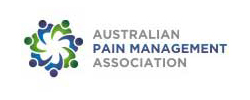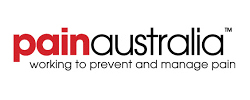Lifestyle
Modifying your lifestyle will be necessary when initially developing and refining your pain management tools, and this doesn't mean simply adopting ergonomic and manual handling principles.
Considerations to one’s diet and medication regime is important to ensure there are no unknown contributing influences to one's pain experience. Some medications may no longer be appropriate for pain management, and ironically can be part of the problem, contributing to the pain experience.
It is well known that excessive alcohol and smoking is not conducive to a healthy lifestyle. These two factors can also significantly influence pain levels, and for various reasons it's very common for one's daily intake to increase when suffering from persistent pain. Discussing this with each patient’s healthcare provider is vital to ensure all adjuncts are complementary and not conflicting with the goal of improved function for pain sufferers.
One of the most important ergonomic skills in pain management is “pacing” – either planned or reflective in nature. Activity and exercise scheduling is likely more important than the choice of activity itself. There is a fine balance between stimulating our body's natural endorphins through exercise, whilst accounting for appropriate recovery periods. Understanding the need to focus on the quality of what you are doing, and not necessarily the quantity, is vital. The cliché “slow and steady wins the race” summarises pacing skills nicely for tackling persistent pain.
When someone is trying to upgrade their daily activities, pacing can simply be the skill of forward planning for how they can do this in progressive steps, to increase the likelihood of achieving goals at minimal risk of flare-ups. Pacing is also post activity reflection in the event of a flare-up of symptoms. This means taking the time to breakdown exactly how you went about doing something during a specific time period – ie: sitting, squatting, bending, lifting or twisting – to try and understand what could have been done differently over that period to change your post-activity pain levels.





